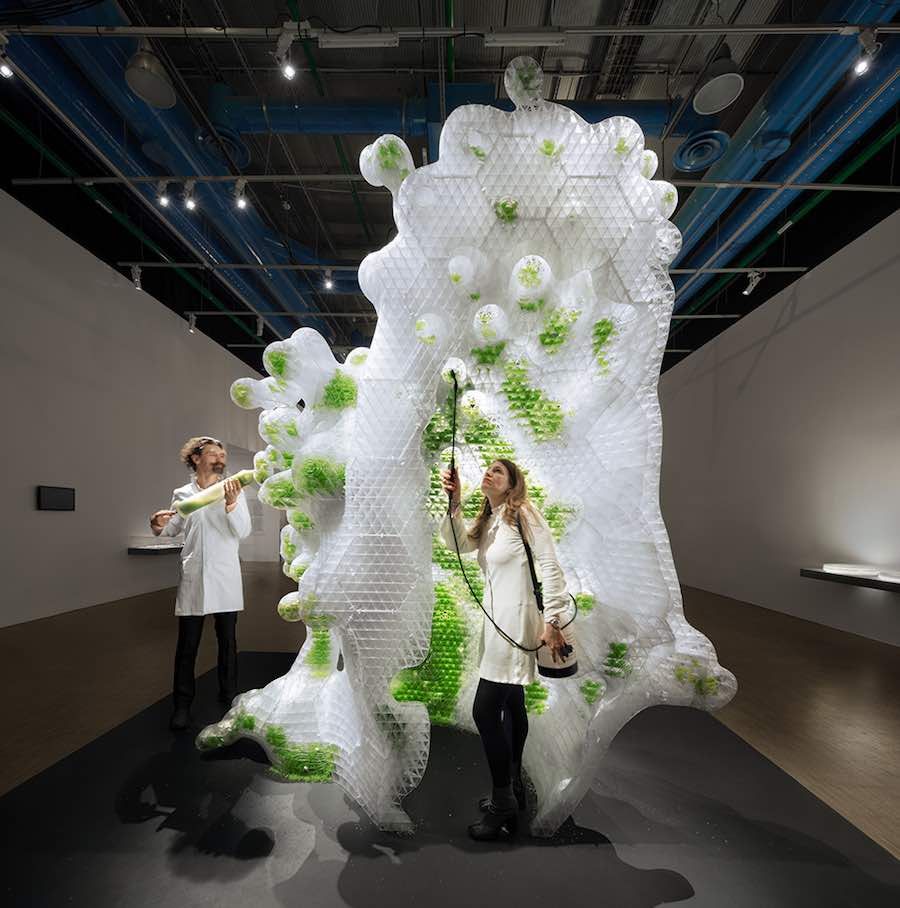As technology continues to evolve, the possibilities of what we can create seem to be limitless. One such technology that is revolutionizing the way we think about design and manufacturing is 3D printing. From engineering prototypes to custom jewelry, 3D printing has the potential to transform digital sculptures into physical reality.
The Basics of 3D Printing
3D printing, also known as additive manufacturing, is a process that creates three-dimensional objects by laying down successive layers of material. This material can range from plastic and metal to ceramics and even food. The printer reads a digital file and follows instructions to create the object layer by layer. This process allows for complex and intricate designs that would be difficult or impossible to create using traditional manufacturing techniques.
Applications in Design and Art
One of the most exciting aspects of 3D printing is its potential in the field of design and art. Artists and designers can now bring their digital creations to life in a way that was previously impossible. From creating custom jewelry and fashion accessories to producing detailed sculptures and architectural models, 3D printing offers a new level of creativity and precision.
For example, fashion designers can now experiment with unique shapes and structures that were previously too intricate to produce with traditional methods. Architects can create detailed models of buildings and landscapes, allowing clients to visualize their projects in a more tangible way. The possibilities are truly endless.
Advantages of 3D Printing
There are several key advantages to using 3D printing technology. One of the biggest benefits is the ability to create complex geometries and intricate designs that would be difficult or impossible to achieve with traditional manufacturing techniques. This level of customization allows for greater creativity and innovation in product design.
Another advantage of 3D printing is the speed and cost-effectiveness of prototyping. Traditional prototyping methods can be time-consuming and expensive, especially when creating multiple iterations of a design. With 3D printing, designers can quickly and affordably create prototypes and make revisions on the fly. This rapid prototyping process can dramatically reduce time to market and overall product development costs.
Future Implications
As 3D printing technology continues to advance, the possibilities for its use are only expanding. From healthcare and biotechnology to aerospace and automotive industries, 3D printing is being used in a wide range of applications. Researchers are exploring the potential for 3D printed organs and tissues for use in medical procedures, while engineers are experimenting with 3D printed parts for airplanes and cars.
Overall, 3D printing is transforming the way we think about design and manufacturing. It is allowing artists and designers to push the boundaries of creativity and innovation, while also providing practical solutions for rapid prototyping and production. As the technology continues to evolve, we can only imagine what amazing creations will be made possible with 3D printing.
So, whether you are a designer, artist, engineer, or hobbyist, 3D printing offers a world of possibilities for bringing your digital sculptures into physical reality.
